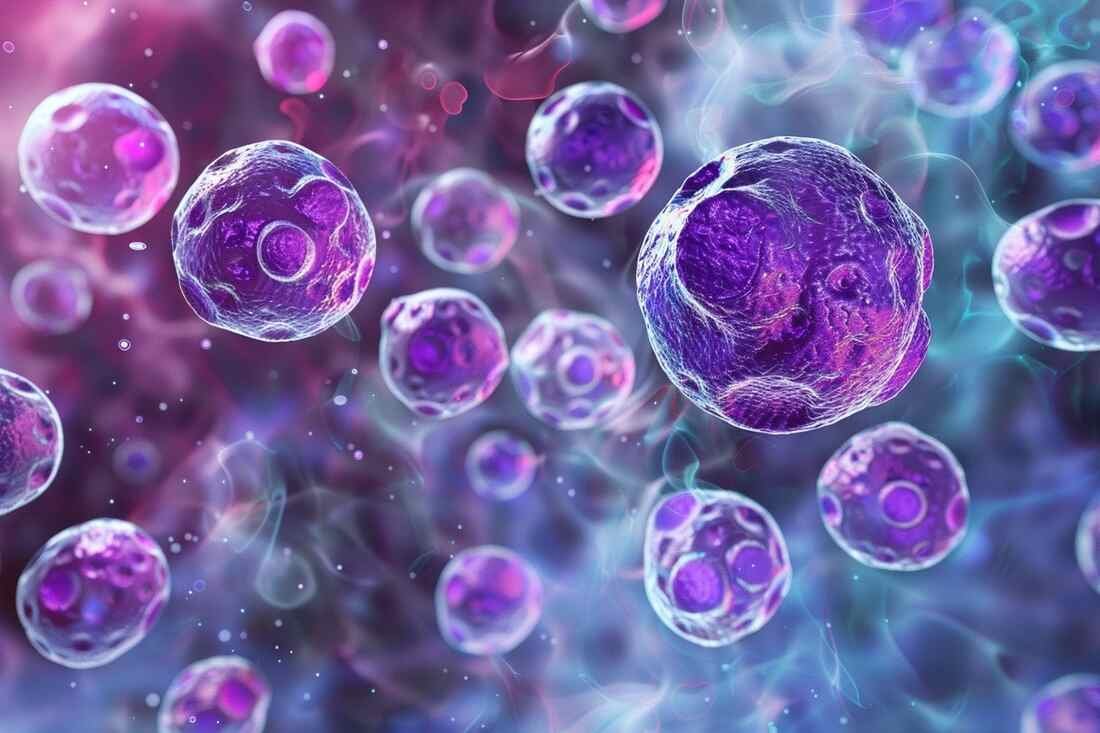The difference between HIV and AIDS
Do you know the difference between HIV and AIDS? HIV (human immunodeficiency virus) is a virus that attacks the immune system, which is the body’s natural defense mechanism against infection and disease. AIDS (acquired immunodeficiency syndrome) is a condition that develops as a result of advanced HIV infection.
HIV causes AIDS, but not everyone infected with HIV develops AIDS. People with HIV can have a normal life expectancy and lead a normal life with proper treatment. However, if HIV infection is not treated, it can progress to AIDS, which is a serious and potentially fatal disease.
HIV is diagnosed by a blood test or oral swab test and can be treated with antiretroviral therapy (ART) which suppresses the virus and reduces the risk of progression to AIDS. AIDS is diagnosed in people with HIV who have a CD4 (immune system cell) count below 200 cells/mm3 or who have developed an opportunistic disease (an infection that occurs in a person with a weakened immune system).
In summary, HIV is a viral infection that attacks the immune system, while AIDS is a disease that develops as a result of advanced HIV infection. Early treatment of HIV with antiretroviral drugs can help prevent progression to AIDS and enable people with HIV to live long, healthy lives.
Read also: HIV Cured | Patient cured of HIV after stem cell transplant
HIV: Causes, Symptoms, Diagnosis, Treatment, Prevention
HIV (human immunodeficiency virus) is a virus that attacks the immune system, which is the body’s natural defense against infections and diseases. AIDS (acquired immunodeficiency syndrome) is a condition that develops as a result of advanced HIV infection.
Causes: HIV is transmitted through contact with infected blood, semen, vaginal fluids, or breast milk. The most common modes of transmission include unprotected sexual contact, sharing needles or other injection drug equipment, and mother-to-child transmission during pregnancy, childbirth, or breastfeeding.
Symptoms: The symptoms of HIV can vary from person to person and may not appear for many years after infection. In the early stages, symptoms may include fever, fatigue, swollen lymph nodes, and a rash. As the disease progresses, more serious symptoms may occur, including weight loss, chronic diarrhea, night sweats, and opportunistic infections.
Diagnosis: HIV can be diagnosed through a blood test or an oral swab test. It is important to get tested regularly, especially if you have engaged in high-risk behaviors, such as unprotected sex or sharing injection drug equipment.
Treatment: HIV is treated with antiretroviral therapy (ART), which is a combination of medications that help to suppress the virus and reduce the risk of progression to AIDS. ART can also help to reduce the risk of transmission to others.
Prevention: The most effective way to prevent HIV is to avoid behaviors that can lead to transmission, such as unprotected sexual contact and sharing injection drug equipment. The use of condoms can also help to reduce the risk of transmission during sexual activity. Pre-exposure prophylaxis (PrEP) is a medication that can be taken daily to reduce the risk of HIV transmission in people who are at high risk of infection. Post-exposure prophylaxis (PEP) is a medication that can be taken after exposure to HIV to reduce the risk of infection.
Living with HIV/AIDS can be challenging, but with proper medical care and support, people with HIV can lead long and healthy lives.
AIDS: Causes, Symptoms, Diagnosis, Treatment, Prevention
AIDS (acquired immunodeficiency syndrome) is a disease caused by advanced infection with HIV (human immunodeficiency virus). HIV attacks the immune system, which is the body’s natural defense mechanism against infection and disease. AIDS develops when the immune system is severely weakened and can no longer fight infection and disease.
The symptoms of AIDS vary depending on the opportunistic infections that develop in the infected person’s body. The most common symptoms of AIDS include severe weight loss, persistent fever, night sweats, chronic diarrhea, skin lesions and respiratory infections.
AIDS is diagnosed in people with HIV who have a CD4 (immune system cell) count below 200 cells/mm3 or who have developed an opportunistic disease. There is no cure for AIDS, but antiretroviral therapy (ART) can help slow disease progression and prolong life.
AIDS is a serious and life-threatening disease, but it can be prevented by avoiding risky behaviors such as unprotected sex and sharing needles or syringes. There are also preventive medications such as pre-exposure prophylaxis (PrEP) and post-exposure prophylaxis (PEP) that can reduce the risk of HIV infection.
Who can get hiv aids?
Anyone can get HIV/AIDS if they engage in behaviors or activities that put them at risk for infection with the virus. HIV is primarily transmitted through contact with infected blood, semen, vaginal fluids, or breast milk. The most common ways of getting HIV include:
- Unprotected sexual contact with an infected partner
- Sharing needles or other drug injection equipment with an infected person
- Receiving infected blood or blood products, such as during a transfusion (which is very rare now due to screening procedures)
- From mother to child during pregnancy, childbirth, or breastfeeding (also known as vertical transmission)
All types of sex preferences can get HIV/AIDS, including men who have sex with men, women who have sex with women, women with men, people who inject drugs, sex workers and their clients, and people from countries where HIV is more prevalent.
However, anyone who engages in risky behaviors or activities can potentially contract HIV. It’s important to practice safe sex, get tested regularly, and avoid sharing needles or other injection equipment to reduce the risk of HIV transmission.
Sources: PinterPandai, NHS UK, Cleveland Clinic, HIV.gov
Photo credit: StockSnap via Pixabay



